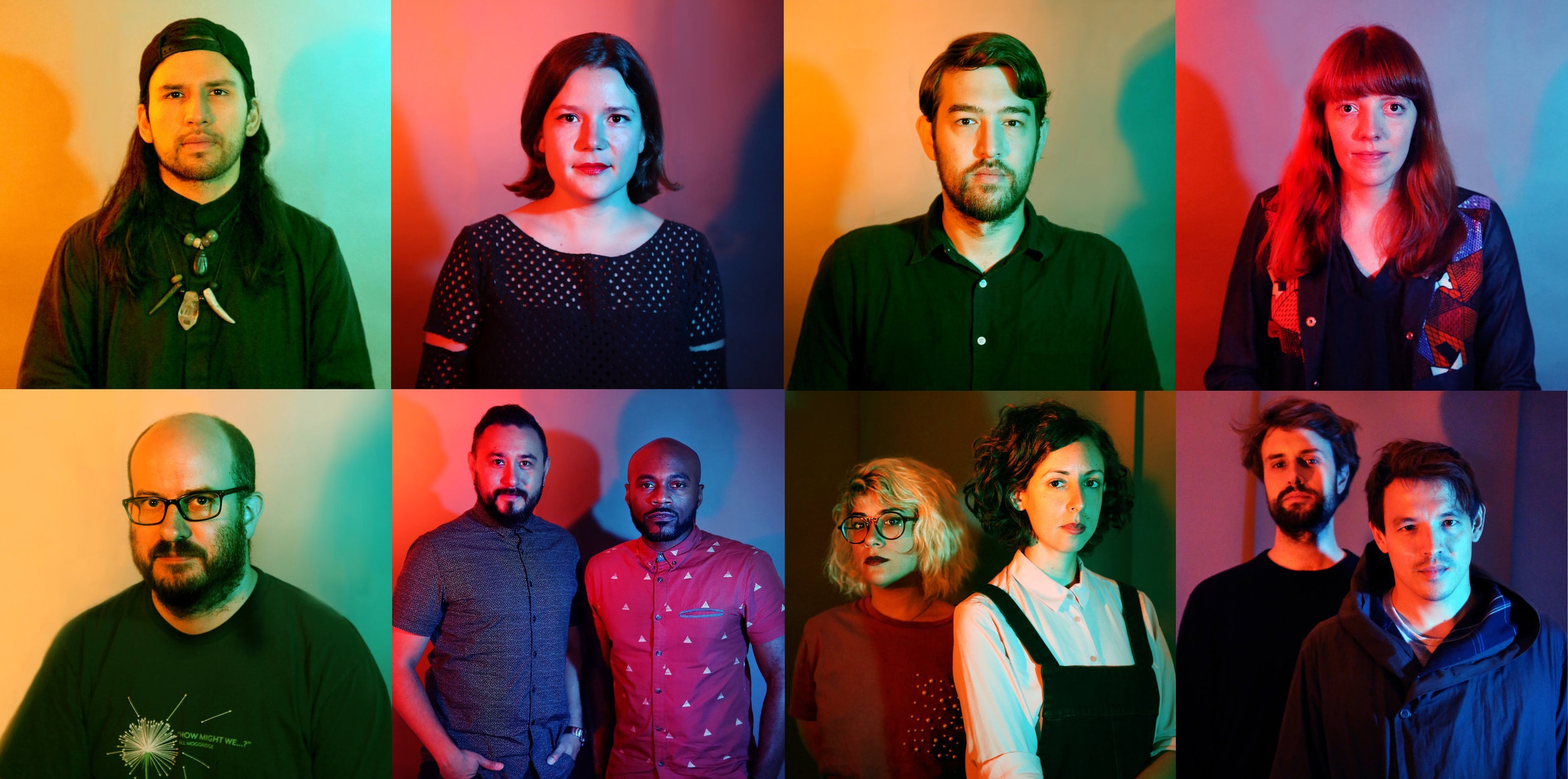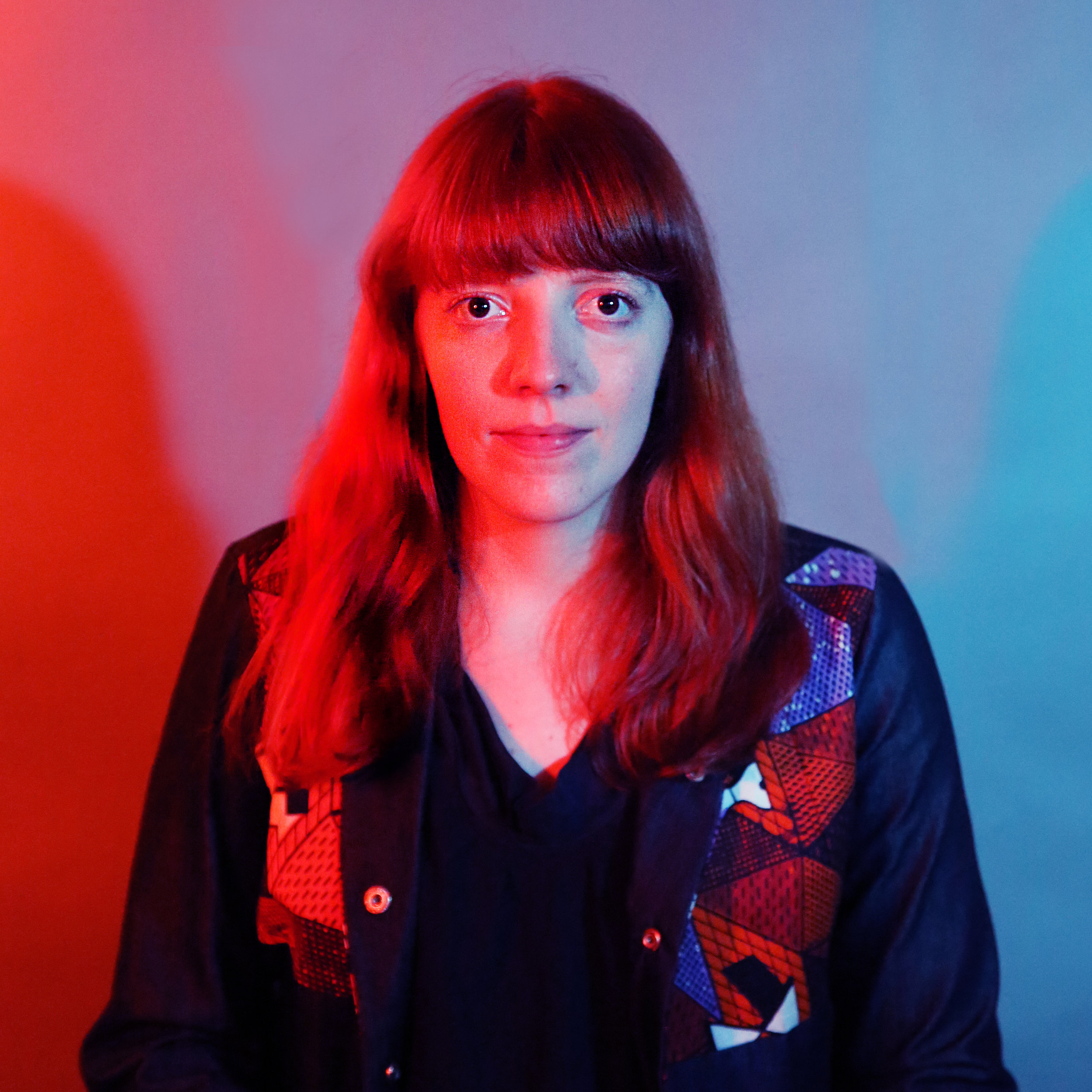Meet The Innovators Harnessing Technology For Art Museums
Museum tech pioneer Shelley Bernstein weighs in.
NEW INC's Inaugural Museum Technology Track Members. All photos courtesy the author.
In the year 2017, the cultural sector en masse has staged some of the more remarkable experiences (and spectacles) in industry memory thanks to the unprecedented power of digital technology. But where the twenty-first century art museum is concerned, the urgency to effectively leverage these tools for contemporary audiences has never been more palpable.
Despite major museums' preemptive efforts to adapt, a study conducted in 2016 by online art marketplace Invaluable found that forty-four percent of millennials (from a sample size of about 4,500 respondents) sooner turn to social media to get their art fix. The task at hand is evident enough. But the path to bolstering audience engagement, as Shelley Bernstein of the Barnes Foundation explained to us in a recent email interview, is neither clearly defined nor guaranteed.
"[A]s we continue to work with technology, we should also be constantly asking ourselves how the device helps form connective tissue to a much greater whole," Bernstein said. "That's when we start to see engagement actually deepen."
Back in 2014, during her tenure at the Brooklyn Museum, Bernstein pioneered an in-house application called ASK. The idea was simple: Create a direct feedback loop between visitors and the museum's team of art historians and experts.
“[P]eople are coming to our content and to our spaces on their own terms,” Bernstein continued. “As museum professionals, there’s a want to show or teach, but often we want to do that through our lens. Our biggest challenge is to think about our spaces as ways to engage using the visitors’ point of view as the starting point.”
This September, NEW INC welcomed the inaugural Members of its Museum Technology Track, a specialized program supported by Knight Foundation to help innovators who are harnessing technology toward the survival and future of art museums and their constituents.
Between a curator developing technology that makes museum exhibitions more accessible to underserved populations, to a team augmenting an artist's work with virtual components, meet the class—and the projects they're incubating—in the roundup below.
Alfredo Salazar-Caro. Courtesy the author for NEW INC.
The Member: Alfredo Salazar-Caro is a multimedia artist who lives and works between Mexico City and New York, focusing on the intersections of portraiture, installation, virtual reality, video, and sculpture.
The Project: The Digital Museum of Digital Art bills itself as "the preeminent virtual institution devoted to digital/new media art." Launched in 2015 by Salazar-Caro and William Robertson, the project collects, preserves, interprets, and presents digital art from its holdings. DiMoDA has exhibited at Transfer Gallery in New York, and as a pavilion at The Wrong Biennale.
Bika Rebek. Courtesy the author for NEW INC.
The Member: Bika Rebek is an architect aiming to make museum experiences more accessible to a variety of disadvantaged groups. Rebek is a Partner at the New York City-based practice Sibilasoon, with projects in the United States, Austria, and Malaysia, and serves as an Adjunct Professor at Columbia GSAPP teaching Architectural Representation and a seminar on Exhibition Design.
The Project: ‘Tools for Show’ has its sights set on broadening the scope of museum experiences by re-inventing the ubiquitous checklist. The idea is to improve work-flow and information management within museums. Through active insight into design and curatorial processes, paired with collaborations with a number of museums, a growing palette of tools and plug-ins will be developed to support institutions in their particular challenges.
Jason Eppink. Courtesy the author for NEW INC.
The Member: Jason Eppink, curator of digital media at the Museum of the Moving Image, creates experiences and interventions that emphasize participation, mischief, surprise, wonder, generosity, and anti-consumerism that are staged in both public and online spaces, such as street art, pranks, and playful online services and hoaxes for non-consenting audiences.
The Project: exstub is designed to boost accessibility. Approximately fifteen percent of the US population reports difficulty hearing, and twenty-one percent of Americans don't speak English as their primary language. extsub makes moving image media accessible to both groups without impinging on the work itself.
Mandy Mandelstein of Luxloop. Courtesy the author for NEW INC.
The Team: Luxloop is a technology-agnostic experience design, development, and production studio founded by filmmakers Mandy Mandelstein and Ivaylo Getov mediating the intersection of the physical and digital worlds.
The Project: With projects that range from a collection of site-specific audio narratives woven into a museum’s public spaces (accessed via a location aware app), to augmenting artist's work with a site-specific AR component, Luxloop is focusing on exploring ways that technology can push cinematic stories beyond the walls of a movie theater.
Micah Walter. Courtesy the author for NEW INC.
The Member: Micah Walter is a technologist, writer, photographer and programmer. He was recently the Director of Digital & Emerging Media at Cooper Hewitt, Smithsonian Design Museum in New York City. Micah’s work has spanned the areas of digital content strategy, management and infrastructure planning, programming and development of web applications utilizing a wide variety of languages, systems and technologies.
The Project: Micah Walter engages with technology as a means of developing creative solutions for the specific challenges cultural organizations and public spaces face in making their collections, facilities, and programming openly accessible to a wide range of public audiences. Walter will be collaborating with like-minded cultural professionals, artists, creative technologists, engineers, designers, and data scientists to form a new studio practice focused on helping organizations build foundational infrastructures that are well-designed, sustainable digital products, and accessible and inclusive content and programs. As well, the studio will encourage a creative laboratory atmosphere for the development and application of new and experimental technologies.
Armando Somoza and Chentis Pettigrew of Rapport Studios. Courtesy the author for NEW INC.
The Team: Rapport Studios is a creative education agency founded by Armando Somoza and Chentis Pettigrew that designs interactive learning experiences out of any content by harnessing media, technology, and pedagogy to scale empathy.
The Project: The team's first project, PythonMC, teaches Python coding through original hip hop music on a bid to diversify the tech industry by introducing coding to communities who are not reached through existing educational models. The program is designed to teach hard skills through culturally-responsive strategies that inspire youth to pursue engineering.
Ziv Schneider and Shirin Anlen of RAYCASTER. Courtesy the author for NEW INC.
The Team: RAYCASTER is an interaction design studio co-founded by Ziv Schneider and Shirin Anlen focused on innovation in the fields of nonfiction storytelling, cultural preservation, and speculative making.
The Project: Much of RAYCASTER's work, like Facing The Nameless and the Museum of Stolen Art, has been oriented around social issues. The studio’s work highlights the use of open source and community-oriented technologies across various evolving immersive platforms, and engages in alternative realities and future narratives.
Frédéric Eyl and Richard The of Studio TheGreenEyl. Courtesy the author for NEW INC.
The Team: Studio TheGreenEyl, founded by Richard The and Frédéric Eyl, creates installations and exhibitions that translate complex subject matter into sensory, spatial experiences. They particularly focus on the aesthetic potential of established and new technologies. Extensive research, experimentation, and collaborations across a broad range of disciplines allows them to develop radically new formats for the exhibition context.
The Project: Studio TheGreenEyl is working to develop technologies that create a new access to artifacts in the museum space using augmentation, contextualization, and interactivity. Their focus in leveraging technology is fine-tuned to to support traditional exhibition designs, using smart objects, novel display technologies, augmentation, and machine-learning algorithms. With practices in Berlin and New York, the team has been shown at Jewish Museum Berlin, Natural History Museum Berlin, and GrimmWelt in Kassel.
Author: Rain Embuscado
Editor: Adriana Herrera-Perhamus









